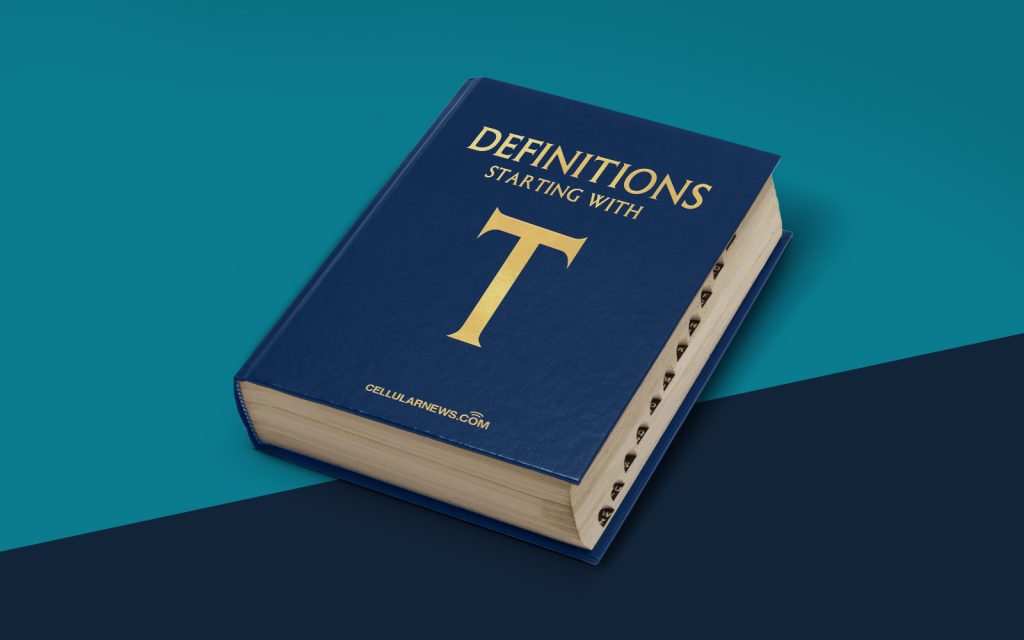
Understanding the Power of a Terabit: Exploring the World of Data
Greetings, fellow data enthusiasts! In today’s digital era, where technology continues to advance at an exponential pace, it’s important to stay updated on the latest buzzwords and terminologies. One such term that often surfaces in conversations is the terabit. But what exactly is a terabit, and how does it impact the world of data? Let’s dive in and uncover the wonders of this fascinating unit.
Key Takeaways
- A terabit is a unit of digital information that represents one trillion (1,000,000,000,000) bits.
- Terabits are commonly used to measure data transfer rates and storage capacities in high-speed networks and information systems.
Imagine a terabit as a vast ocean of data, constantly flowing and evolving. To grasp its significance, let’s break down what makes a terabit so powerful:
1. Tapping into the Speed of Terabits
When it comes to data transfer rates, speed is everything. A terabit represents an astronomical amount of data flowing through a network in a given amount of time. Here are a few mind-boggling examples:
- A high-quality high-definition movie typically ranges from 4 to 8 gigabits in size. With a terabit, you could transfer over 100,000 of these movies in just one second!
- If you were to download the entire contents of the Library of Congress, which contains over 170 million items, you could do it in just a couple of hours using a network capable of handling a terabit per second.
- Terabit networks are the backbone behind the lightning-fast data transfer rates we experience when downloading files, streaming videos, or even playing online games.
These incredible data transfer speeds, made possible by terabit networks, are crucial for industries such as video streaming, cloud computing, and online gaming, where large amounts of data need to move swiftly and seamlessly.
2. The Boundless Capacity of Terabits
As our digital world expands, so does our need for greater storage capacity. Enter the realm of terabits when discussing storage capabilities. Let’s explore the vastness of terabits in terms of data storage:
- A single terabit holds approximately 125 gigabytes of data. That’s enough to store around 25,000 songs or 250 hours of high-definition video!
- When multiplied by a thousand, terabits become petabits, which contain a staggering 125 terabytes. A petabit could hold millions of high-quality photos or thousands of hours of video footage.
- In cloud storage and data centers, terabits and even petabits are used to measure the vast amounts of data that can be stored and accessed in these facilities.
With the ever-increasing demand for storage capacity, terabits provide an essential metric for measuring and scaling the immense amounts of data we generate and collect.
So, the next time you hear the term terabit thrown around in conversations about data, you can confidently explain its significance. From lightning-fast data transfer rates to mind-blowing storage capacities, terabits offer a glimpse into the boundless world of digital information. Embrace the power of terabits as you navigate the vast seas of data in our ever-evolving digital landscape.
